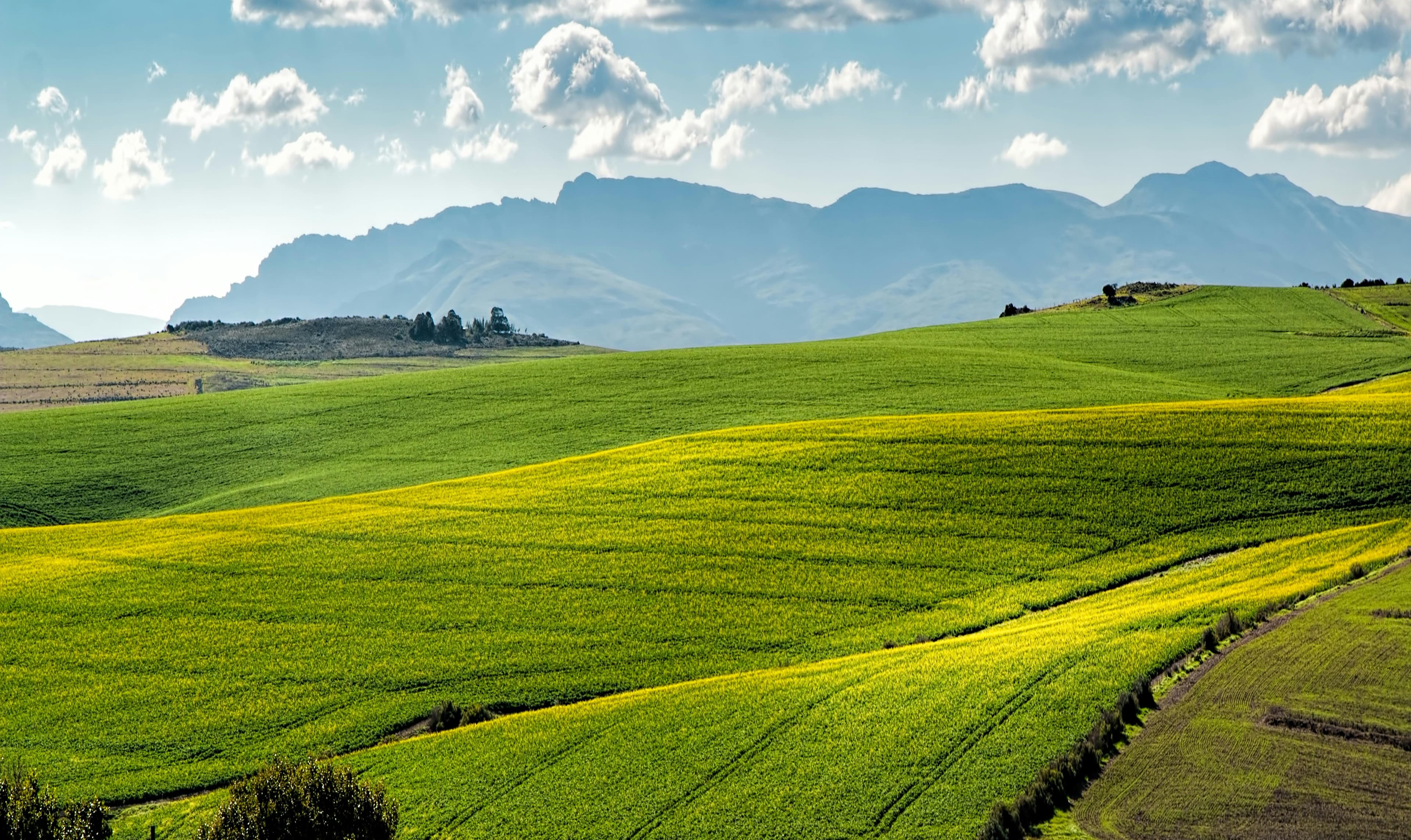Climate-Smart Agriculture: Preparing Sri Lanka for a Changing Future
November 13, 2025
climateClimate change is reshaping weather patterns around the world, and Sri Lanka is no exception. Rising temperatures, unpredictable rainfall, prolonged droughts, and increased flooding are placing immense pressure on the country’s agricultural sector. To face these challenges, Sri Lanka is embracing climate-smart agriculture (CSA) — an approach that aims to increase productivity, adapt to climate impacts, and reduce greenhouse gas emissions.

What Is Climate-Smart Agriculture?
Climate-smart agriculture includes a collection of farming practices designed to make agriculture more resilient and sustainable. Rather than relying on a single method, CSA integrates technology, innovation, and traditional knowledge to strengthen the agricultural system.
Key pillars of CSA include:
Enhanced productivity – growing more food using fewer resources
Climate adaptation – helping farmers cope with droughts, floods, and storms
Climate mitigation – reducing emissions from agriculture to slow global warming
Climate-Smart Practices in Sri Lanka
1. Drought-Resistant Crop Varieties
With rainfall becoming increasingly unpredictable, researchers and agricultural institutes are developing rice and vegetable varieties that thrive in low-water conditions. These crops help farmers maintain yields even during harsh drought seasons.
2. Precision Agriculture
Using tools such as soil sensors, weather stations, and mobile apps, precision agriculture helps farmers apply the right amount of water, fertilizer, and pesticides. This reduces waste, saves money, and protects the environment.
3. Sustainable Water Management
Practices like drip irrigation, rainwater harvesting, and restoring ancient tank systems help conserve water and improve resilience during dry periods.
4. Integrated Pest Management (IPM)
IPM reduces reliance on chemical pesticides by combining natural pest control methods, biological predators, and careful monitoring. This protects both crops and the surrounding ecosystem.
5. Agroforestry
Planting trees alongside crops provides shade, prevents soil erosion, and improves soil fertility. Agroforestry is gaining popularity in areas prone to heavy rains and landslides.
Benefits to Farmers and Communities
Consistent crop yields even during extreme weather
Reduced production costs through efficient resource use
Healthier soils and ecosystems
More stable food supply for local communities
New opportunities in eco-friendly and sustainable markets
Challenges to Implementation
Climate-smart agriculture requires investment, training, and new technologies. Many farmers in rural areas may struggle with initial costs or lack access to modern tools. Awareness programs and government support are essential to help small-scale farmers benefit from climate-smart practices.
A More Resilient Agricultural Future
As climate change continues to impact Sri Lanka, adopting climate-smart agriculture is becoming not just beneficial but essential. With the right policies, community support, and technological innovation, CSA can transform Sri Lanka’s agricultural landscape — ensuring food security and sustainable development for generations to come.